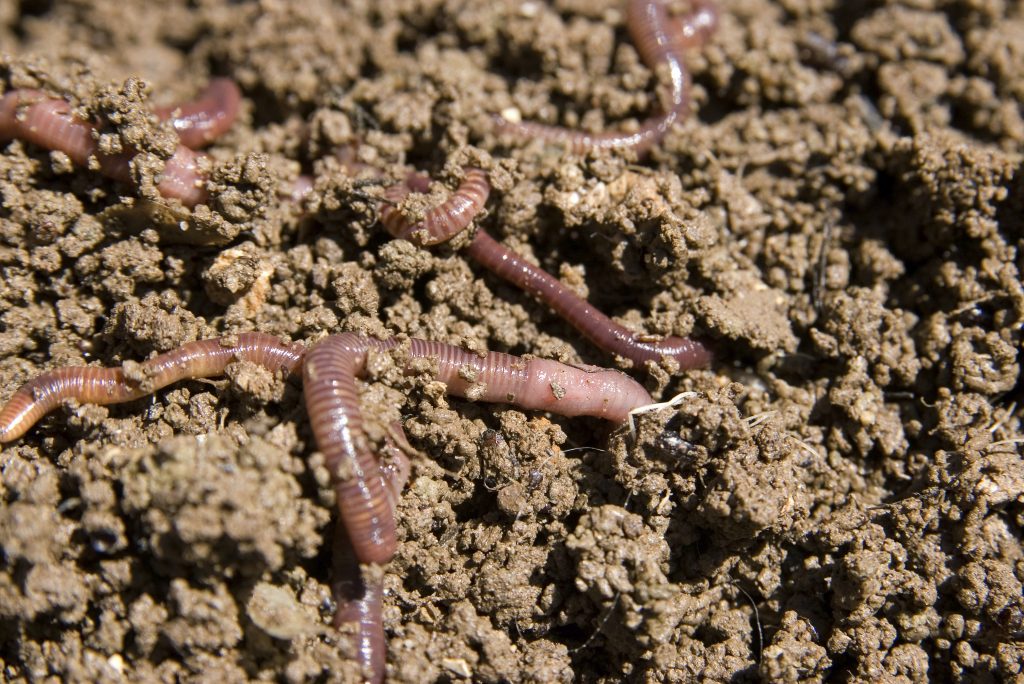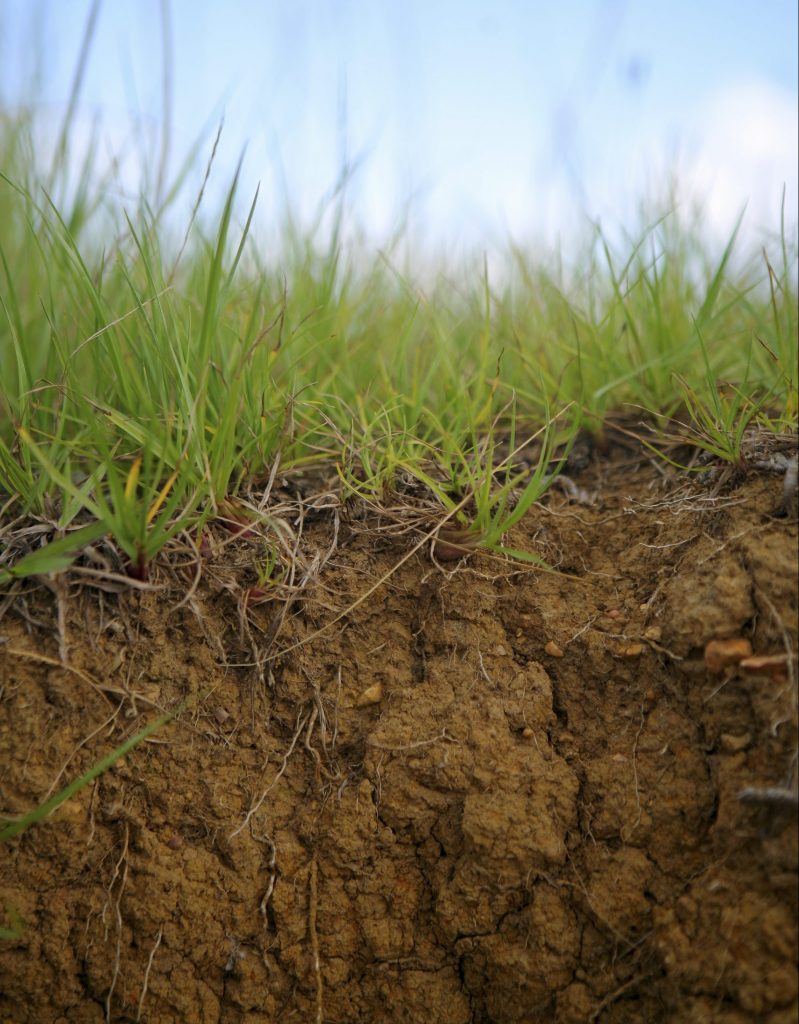Healthy Soils & Water
Today, more than ever, healthy soils are critical to sustaining life. Healthy soils are needed for food production, water filtration, replenishing groundwater supplies, and breaking down and recycling many important nutrients needed in the overall food chain. Soils are fundamental living systems that support all other living systems on the planet. Protecting and/or growing healthy soils in both urban and agricultural areas protect local water cycles and supply valuable food. Even if you don’t have a lot of land, you can still help make a difference.
Experts have predicted that the current world population of nearly 7.5 billion will increase to over 9 billion people by 2050. In order to keep up with this rapid growth, food production will need to increase by 70 percent. As populations continue to increase, productive farmland is decreasing. From 1982 to 2007, the US lost 14 million acres of prime farmland to development. In order to meet the world’s demands for food soils need to be at their best – healthy, high-performing, and productive.
What is a Healthy Soil?

A healthy soil is full of life. It should smell, look, and feel alive. Healthy soils smell sweet and earthy, not sour or metallic. When you dig into the soil, it should be soft, moist, and easily crumble. Air, water, minerals, decaying plant residue, organic matter from dead and living organisms, insects, worms, animals, and microbes all comprise a healthy soil. Each piece works to provide a balanced environment that fosters the plants, microbes, and insects that depend on it for life.
How is Soil Health Connected to Clean Water?

Healthy soils lead to cleaner water in a number of ways, but first let’s talk about the amazing water storage capacity of soil. With the recent droughts throughout the US, soil water storage is key to keeping crops growing during these stressful times and replenishing groundwater supplies. One of the most important components of a healthy soil, and in turn its water storage capacity, is the amount of organic matter in the soil. What is organic matter? Well, it’s the small fraction of soil composed of anything that once lived – namely, decayed plant and animal materials. Organic matter makes up only around 5 percent of a healthy soil’s composition, but what it does for water is amazing.
- Organic matter holds 18-20 times its weight in water
- As organic matter increases, infiltration and water holding capacity increase resulting in an increased drought tolerance
Back to healthy soil and clean water. A healthy soil, performing as it should, absorbs and retains more water than an unhealthy, underperforming soil. Through a series of chemical and physical processes, this increased water and nutrient storage capacity results in less need for fertilizers and pesticides and less erosion, which in turn then keeps nutrients and sediment from polluting our rivers, lakes, and streams. A healthy soil also releases fewer pollutants so groundwater is also protected. And fewer pollutants in the water means cleaner water!
How is Soil Health Connected to Ample Water Supplies?
As if the soil’s ability to clean water isn’t amazing enough, it also plays an important role in the overall water cycle and supply of water as well. Healthy soils are often the result of keeping something growing in them as long as possible each year. These year-round plants/cover crops protect the soil and provide important root channels that help direct rain water deep into the ground and eventually help replenish (recharge) the groundwater aquifers. Many residents, utilities, and industries (including agriculture) depend on groundwater for their daily needs.
Interesting Soil Facts
- Earthworm populations eat their way through 2 tons of decaying roots and leaves dry matter per acre per year. They play a critical role in keeping soil healthy.
- For each 1% increase in organic matter, US cropland could store the amount of water that flows over Niagara Falls in 150 days! That’s almost 45 million gallons of water. Increasing organic matter is easy, learn more.
- One teaspoon of healthy soil contains 100 million to 1 billion individual bacteria. Bacteria are necessary to break down important organic matter into nutrients that can be used by plant and animals.
- Healthy soil is made up of about 45% minerals, 25% water, 25% air, and 5% organic matter.
- In order to feed a population of 9 billion people by 2050, protecting and growing healthy soils is essential.
- A few more soil nuggets…